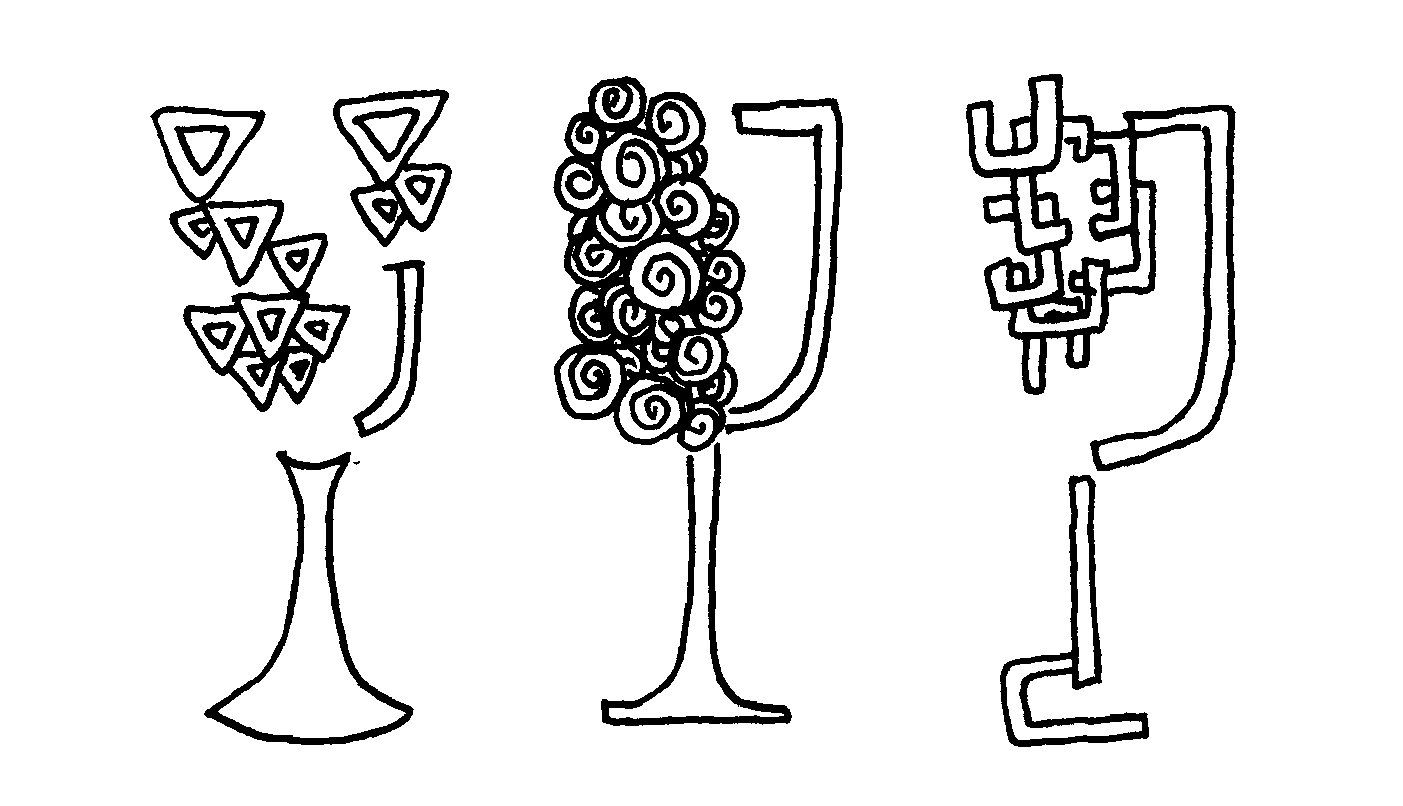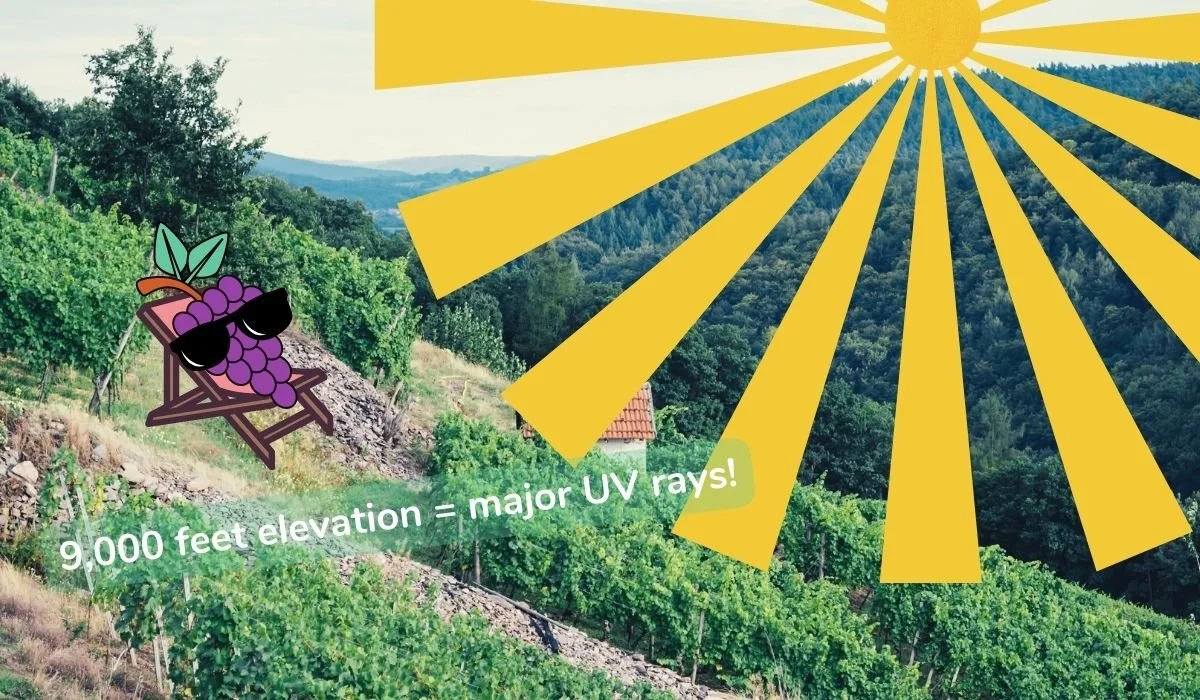Terroir Is More Important than Grape Variety
In our membership, Sunday School Wine Society, we get lots of requests from members for lessons on grape profiles: “Malbec!” “Viognier!” “Syrah!” “This super obscure variety I discovered at my local Italian joint!”
And we do our best to give you everything you want, my friends, because we love you.
But on the other hand, focusing on grape variety only is like talking about what a piece of chicken tastes like without taking into account the entire periphery. Was it grilled? Poached? Roasted? Breast, legs, thighs? Was it marinated in molasses BBQ sauce or is it a version of chicken piccata? Oh, it’s a spicy Popeye’s chicken sandwich? It’s like, give me some chicken context here!
So what’s this periphery I’m talking about when it comes to wine? If you read the title of this article you might have guessed it—it’s terroir.
What is terroir?
Terroir is a French term that can be loosely translated as “sense of place”. It takes into account the characteristics of an entire, er, place, in which certain grapes are grown.
So, for example, terroir takes into account things like the climate of that place, its weather patterns, what geological landmarks are nearby (mountains, rivers, lakes), the type of soil, the elevation of the land and aspect (which cardinal direction the vineyard faces), the slope of the land, and all the flora, fauna and microorganisms that make up the ecosystem.
Terroir, depending on who you talk to, can also include even broader facets like the traditional winemaking techniques and spirit of the people in that particular place. Is there a deep-rooted winemaking tradition? Does this include lots of new oak and heavily extracted (big, rich and concentrated) wines? Or lighter styles with low alcohol? Or is there less tradition and instead a spirit of adventure and an interest in novelty and experimentation?
What does all this have to do with how a wine tastes?
Almost everything! And we would argue that the terroir (the combination of everything listed above) will be just as, if not much more, influential in determining the final taste of a wine over whether it’s Cabernet Sauvignon or Merlot, for example.
Terroir, as you see from above, has lots of variables and many of those are quite nuanced. For example, in some places, like Burgundy, France, the land is parceled into plots of land that can be as small as a few acres. Neighboring plots are notably distinct from each other just on the basis of things like specific soil composition and a slight difference in slope or orientation.
When you get down into these types of minute details, it’s pretty fascinating to think about, but also, unless you’re lucky enough to get your hands on some of these wines to taste them side by side, there’s not a lot of day-to-day practicalities here.
For our purposes, we have to think much broader. Let’s think about climate. Warmer climates produce grapes with less acid and a higher sugar content, which means those wines will be more concentrated, riper, fruitier and probably higher in alcohol.
Cooler climates are the reverse: more acid and less sugar in the grapes will produce wines with less intense fruit character, more subdued flavor profile, and they will be lighter in body and lower in alcohol.
Another example: Elevation and aspect, or orientation, will have a direct effect on the intensity of sunlight on the grapes. More intense sunlight will typically produce grapes with thicker skins which means more tannin and phenolics (the stuff in the skins that gives the wine all that pigment and flavor).
Wind, daily temperature swings (aka, diurnal shift), rocks that might absorb or reflect heat and light—all these variables will combine to give you grapes that produce a wine of a certain profile.
Not to mention winemaking tradition. For example, some regions notably produce wines that have a strong American oak profile (traditional Rioja), while some avoid oak altogether and aim for freshness and stainless-steel aging (Chablis).
What does this mean for your next wine shopping excursion?
I’m not saying throw grape variety out the window, but I am going to challenge you with an experiment.
Think of a wine you love. Maybe it’s a Malbec from Walla Walla, Washington, for example. Now go find yourself another wine that is a different grape variety from that same region, in this case, Walla Walla.
Don’t think too much about the grape varietal. (I mean make sure it’s the same color—red, white, etc. Don’t go off buying some sparkling pet nat or dessert wine and be all like, “Sunday School said it would taste the same!”) In this example, it can be a Syrah, a Tempranillo, a red blend, whatever. Now, also find a Malbec from elsewhere—I would suggest the Loire Valley, France or Argentina.
And here’s where the fun—I mean, very difficult and studious 😉—part comes in: taste all three!! Better yet, blind taste them. Have a friend pour them for you and try to guess which is which.
You might find that the Malbec from Argentina is totally different from the Walla Walla version; you might even prefer the Walla Walla red blend to the second Malbec because the concentrated and fruity style suits your general taste. Or maybe you are so blown away by the distinction of the wine from the Loire Valley that a whole new world has opened up to you. Who knows! The wine world is your oyster!
We hope this experiment demonstrates that where a wine comes from is as important, if not more important, than what the grape is—and will give you more of those wine street smarts on your next wine-shopping adventure!
Did you try it? Tell us what you discovered in the comments!
For more on terroir and more tips on how to be a more confident and savvy wine shopper (plus lots of other fun stuff) check out our membership, Sunday School Wine Society!









Grape varietal doesn’t matter! Ok, ok. This isn’t 100% true. But, what is true is that where a wine is from (aka region, aka a wine’s terroir) is just as important, if not more important than the varietal.